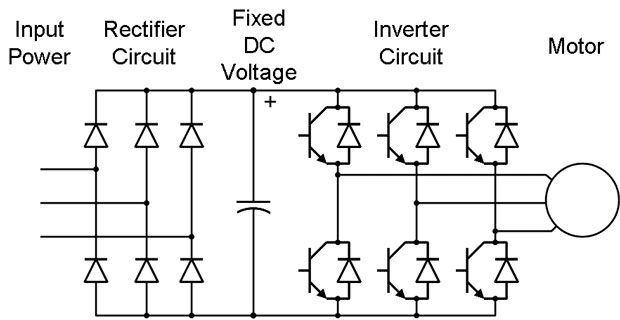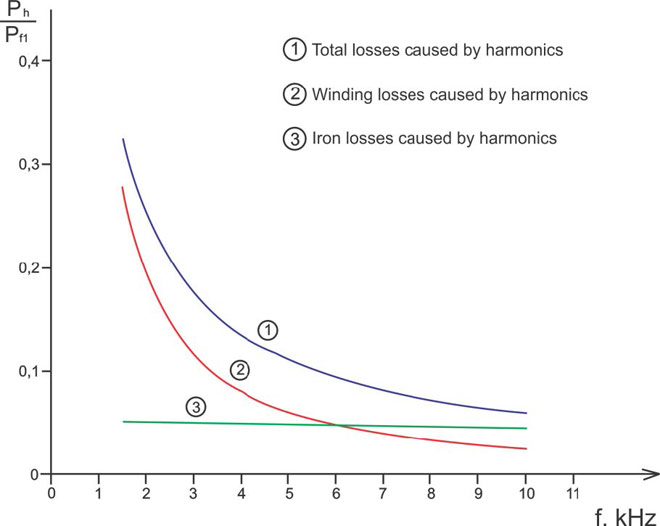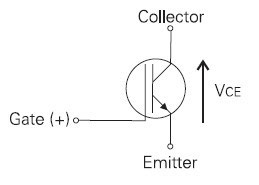Fire pump for the high rise building
There is an old saying in the Southern United States, which goes something like "You can't make chicken salad from chicken droppings." If the pump is wrong for the job, you can mess with the pressure switches, jockey pumps and such stuff all day long, and you still have what you started with, the wrong pump. If you truly need 400 + psi fire pump for the high rise building, then the other things have to match, the jockey pump has to maintain that high pressure, all the pipe and fittings have to be rated for that high pressure, and the switches have to work at that high pressure and start the pump when and if it is needed.
If the building is truly 150 M, or about 490 feet high, and if you need 100 psi at the top, then you do need a pump that can deliver about 340 psi more or less, depending on pipe size and maximum flow demand. You then have to select and design all the rest of the system components and controls to work with that pump and that pressure.
If you still have more pump than you need, sometimes a pressure reducing valve might work, but that introduces another failure mode, which is a negative factor, and must be guarded against, in the manner Sebastian described above, with weekly test runs.
Otherwise, you would still be trying to make chicken salad from chicken droppings, and that just doesn't work.
Again, to echo and reinforce what Sebastian and others have said, never, not ever, try to fix the problem with a relief valve, you just create new problems, and don't fix the old one.
One other thing to guard against (and don't ask me how I know, I almost learned this the hard way, more than 40 years ago as a young designer), make certain that the start point for the fire pump is well above the pressure created by the static head from the pump discharge or pressure switch to the highest point of the system. Otherwise, a sprinkler or a hose valve can open at the top, the pressure at the top can fall to zero, and the pump will never start. An easy trap to fall into if you don't think it all the way through.
If the building is truly 150 M, or about 490 feet high, and if you need 100 psi at the top, then you do need a pump that can deliver about 340 psi more or less, depending on pipe size and maximum flow demand. You then have to select and design all the rest of the system components and controls to work with that pump and that pressure.
If you still have more pump than you need, sometimes a pressure reducing valve might work, but that introduces another failure mode, which is a negative factor, and must be guarded against, in the manner Sebastian described above, with weekly test runs.
Otherwise, you would still be trying to make chicken salad from chicken droppings, and that just doesn't work.
Again, to echo and reinforce what Sebastian and others have said, never, not ever, try to fix the problem with a relief valve, you just create new problems, and don't fix the old one.
One other thing to guard against (and don't ask me how I know, I almost learned this the hard way, more than 40 years ago as a young designer), make certain that the start point for the fire pump is well above the pressure created by the static head from the pump discharge or pressure switch to the highest point of the system. Otherwise, a sprinkler or a hose valve can open at the top, the pressure at the top can fall to zero, and the pump will never start. An easy trap to fall into if you don't think it all the way through.
Post a Comment:
You may also like:
Featured Articles
Variable frequency drive Rectifier
 To understand variable frequency drive (VFD) better, it's necessary to explain some of the main parts of the variable frequency ...
To understand variable frequency drive (VFD) better, it's necessary to explain some of the main parts of the variable frequency ...
 To understand variable frequency drive (VFD) better, it's necessary to explain some of the main parts of the variable frequency ...
To understand variable frequency drive (VFD) better, it's necessary to explain some of the main parts of the variable frequency ...What is VFD, How it works? - VFD ...
 VFD is shorted for Variable Frequency Drive (also known as AC Drives and Inverters) -- that's used to make an AC motor working in ...
VFD is shorted for Variable Frequency Drive (also known as AC Drives and Inverters) -- that's used to make an AC motor working in ...
 VFD is shorted for Variable Frequency Drive (also known as AC Drives and Inverters) -- that's used to make an AC motor working in ...
VFD is shorted for Variable Frequency Drive (also known as AC Drives and Inverters) -- that's used to make an AC motor working in ...VFD controlled Induction motor ...
 This paper presents a procedure to measure the efficiency on an induction motor fed by a VFD by the all operation range to speed ...
This paper presents a procedure to measure the efficiency on an induction motor fed by a VFD by the all operation range to speed ...
 This paper presents a procedure to measure the efficiency on an induction motor fed by a VFD by the all operation range to speed ...
This paper presents a procedure to measure the efficiency on an induction motor fed by a VFD by the all operation range to speed ...VFD: Insulated Gate Bipolar Transistor ...
 IGBT (insulated gate bipolar transistor) provides a high switching speed necessary for PWM VFD operation. IGBTs are capable of ...
IGBT (insulated gate bipolar transistor) provides a high switching speed necessary for PWM VFD operation. IGBTs are capable of ...
 IGBT (insulated gate bipolar transistor) provides a high switching speed necessary for PWM VFD operation. IGBTs are capable of ...
IGBT (insulated gate bipolar transistor) provides a high switching speed necessary for PWM VFD operation. IGBTs are capable of ...Three phase inverters
 In the variable frequency drive rectifier paper, it explains how to go from three phase alternating current voltage to a direct ...
In the variable frequency drive rectifier paper, it explains how to go from three phase alternating current voltage to a direct ...
 In the variable frequency drive rectifier paper, it explains how to go from three phase alternating current voltage to a direct ...
In the variable frequency drive rectifier paper, it explains how to go from three phase alternating current voltage to a direct ...
VFD manufacturers
